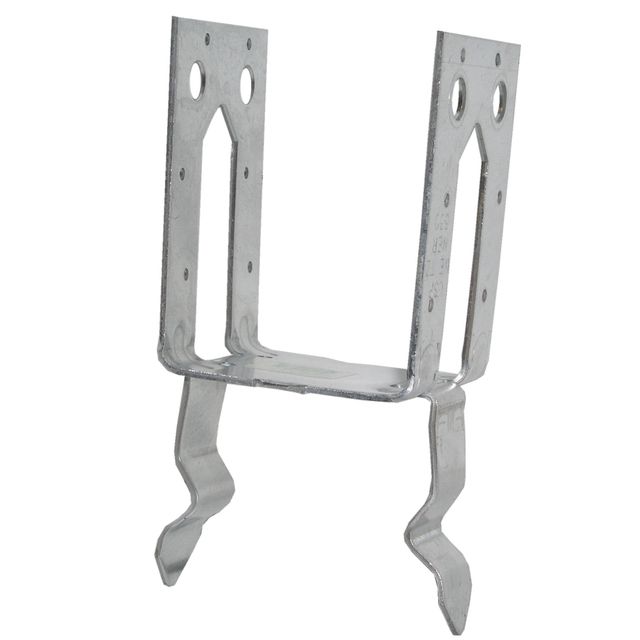Thinking to make a cement pad under my RV, 4" height, 16x28 ft size, 450 sq ft finished area. RV is 8ft wide so there would be small 8ft wide patio in
front. Moderate slope of terrain, so there isn't much digging. Got tired of all the sand getting in and Ocotillo thorns cutting through my
flip-flops.
Things like concrete truck don't exist in BOLA. From what I understand, trabajadores with this skills level cost anywhere from 80 to 140 pesos/hour.
Everybody is jack of all trades or trying to promote their friends, whether they know how to do it or not - usual picture. Plus, something for use of
cement mixer. Plus, cement. Plus, wire mesh to put inside - don't know if I need this. Don't know if I even need this pad  , but roughly, how much should I expect to spend, total? , but roughly, how much should I expect to spend, total? |


 , but roughly, how much should I expect to spend, total?
, but roughly, how much should I expect to spend, total? 
